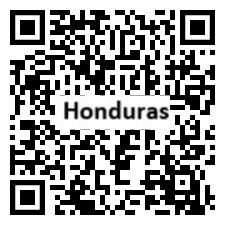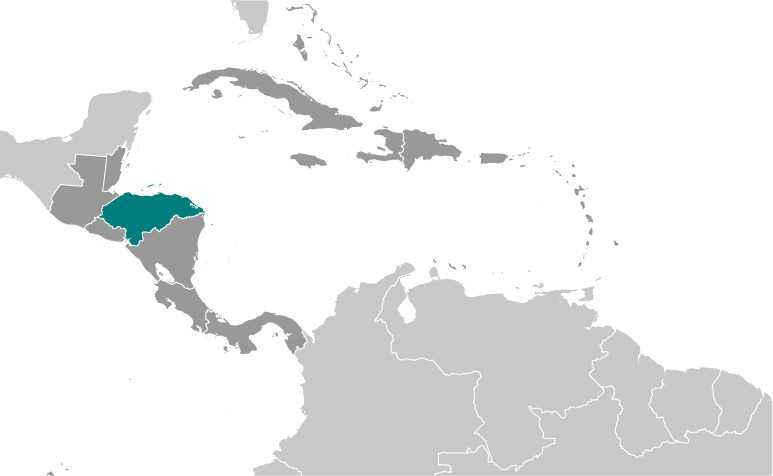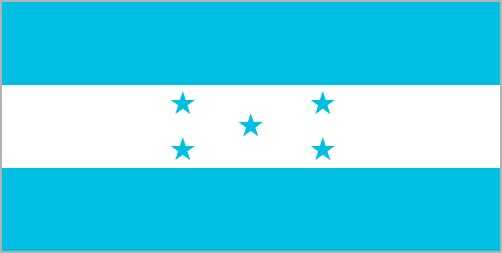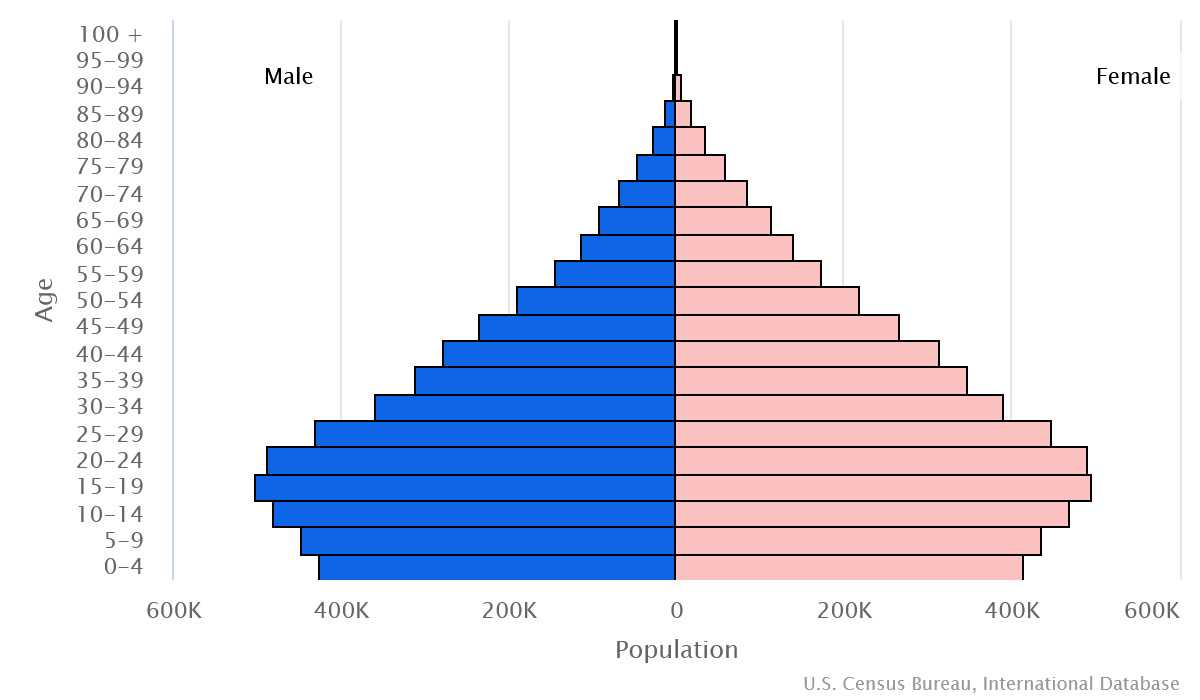Introduction
Background
Once part of Spain's vast empire in the New World, Honduras became an independent nation in 1821. After two and a half decades of mostly military rule, a freely elected civilian government came to power in 1982. The Honduran economy has slowly rebounded after COVID-19 and severe storms in 2020 and 2021.
Geography
Area
total : 112,090 sq km
land: 111,890 sq km
water: 200 sq km
Climate
subtropical in lowlands, temperate in mountains
Natural resources
timber, gold, silver, copper, lead, zinc, iron ore, antimony, coal, fish, hydropower
People and Society
Population
total: 9,529,188
Ethnic groups
Mestizo (mixed Indigenous and European) 90%, Indigenous 7%, African descent 2%, White 1%
Languages
Spanish (official), Amerindian dialects
Religions
Evangelical 55%, Roman Catholic 33.4%, none 10.1%, unspecified 1.5% (2023 est.)
Population growth rate
1.29% (2024 est.)
Government
Government type
presidential republic
Capital
name: Tegucigalpa; note - article eight of the Honduran constitution states that the twin cities of Tegucigalpa and Comayaguela, jointly, constitute the capital of the Republic of Honduras; however, virtually all governmental institutions are on the Tegucigalpa side, which in practical terms makes Tegucigalpa the capital
Executive branch
chief of state: President Iris Xiomara CASTRO de Zelaya (since 27 January 2022)
head of government: President Iris Xiomara CASTRO de Zelaya (since 27 January 2022)
Legislative branch
description: unicameral National Congress or Congreso Nacional (128 seats; members directly elected in 18 multi-seat constituencies by closed party-list proportional representation vote; members serve 4-year terms)
Economy
Economic overview
second-fastest-growing Central American economy; COVID-19 and two hurricanes crippled activity; high poverty and inequality; declining-but-still-high violent crime disruption; systemic corruption; coffee and banana exporter; enormous remittances
Real GDP (purchasing power parity)
$68.854 billion (2023 est.)
$66.473 billion (2022 est.)
$63.828 billion (2021 est.)
Real GDP per capita
$6,500 (2023 est.)
$6,400 (2022 est.)
$6,200 (2021 est.)
Agricultural products
sugarcane, oil palm fruit, milk, maize, bananas, coffee, cantaloupes/melons, chicken, oranges, beans (2022)
Industries
sugar processing, coffee, woven and knit apparel, wood products, cigars
Exports
$9.701 billion (2023 est.)
$9.403 billion (2022 est.)
$8.052 billion (2021 est.)
Exports - partners
US 51%, Nicaragua 8%, El Salvador 8%, Guatemala 5%, Germany 4% (2022)
Exports - commodities
garments, coffee, insulated wire, palm oil, bananas (2022)
Imports
$17.861 billion (2023 est.)
$17.943 billion (2022 est.)
$14.869 billion (2021 est.)
Imports - partners
US 47%, Guatemala 10%, China 10%, El Salvador 7%, Mexico 4% (2022)
Imports - commodities
refined petroleum, cotton yarn, garments, synthetic fibers, plastic products (2022)
Exchange rates
lempiras (HNL) per US dollar -
Page last updated: Wednesday, July 24, 2024




